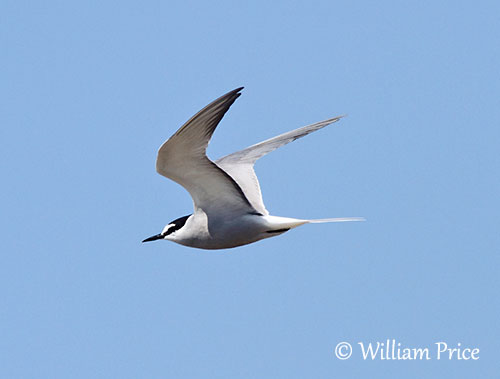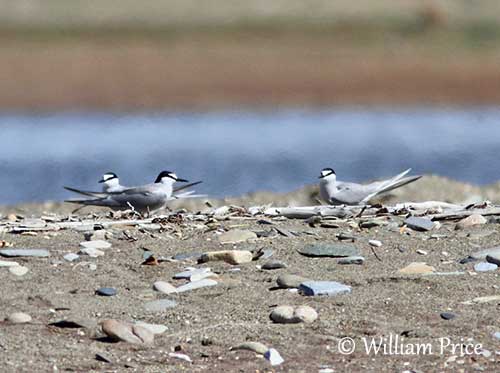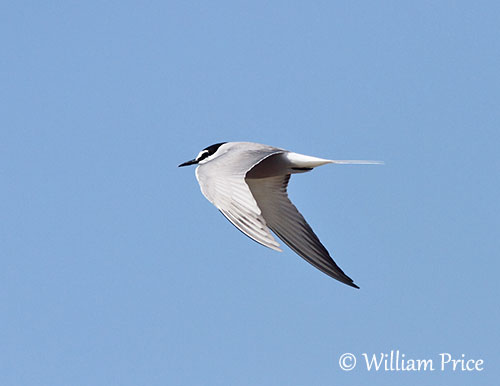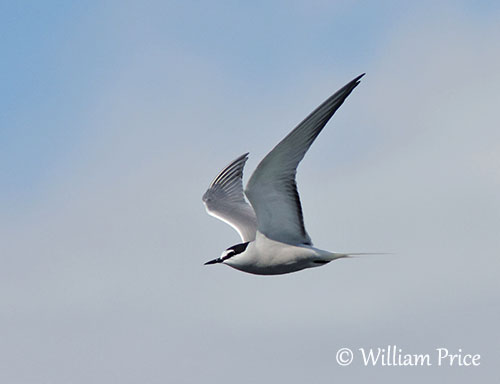
Fr: Sterne des Aléoutiennes
Ang: Aleutian Tern
All: Aleutenseeschwalbe
Esp: Charrán Aleutiano
Ita: Sterna aleutina
Nd: Aleoetenstern
Sd: beringtärna
Photographer:
William Price
PBase-tereksandpiper & Flickr William Price
Text by Nicole Bouglouan
Sources:
HANDBOOK OF THE BIRDS OF THE WORLD Vol 3 by Josep del Hoyo-Andrew Elliott-Jordi Sargatal - Lynx Edicions - ISBN : 8487334202
OISEAUX DE MER – Guide d’identification de Peter Harrison – Editions Broquet (Canada) – ISBN-10 : 2890004090 – ISBN-13 : 978-2890004092
Terns of Europe and North America Par Hans Larsson,Klaus Malling Olsen – Editeur: A&C Black, 2010 – ISBN: 1408131684, 9781408131688 – 224 pages
The Birds of North America online
What Bird-The ultimate Bird Guide (Mitchell Waite)
Alaska Seabird Information Series
Assessing the breeding distribution and population trends of the Aleutian Tern Onychoprion aleuticus
Possible Winter Quarters of the Aleutian Tern?
Aleutian Tern
Onychoprion aleuticus
Charadriiformes Order – Laridae Family
INTRODUCTION:
The Aleutian Tern breeds in Alaska and extreme E Siberia on coasts and islands. This long-distance migrant winters as far as Australia, Oceania, Indonesia, Philippines and Papua New Guinea, and great numbers spend the winter near the Equator in W Pacific.
This species often nests with the Common Tern in Siberia, and the Arctic Tern in North America.
It feeds mainly on small fish caught at sea, but also at river mouths and estuaries. Outside of breeding season, it is mostly pelagic.
The Aleutian Tern suffers widespread declines caused by several factors during the nesting period, and especially mammalian and avian predators.
The species is currently classified as Vulnerable.
DESCRIPTION OF THE BIRD:
Biometrics:
Length: 33-38 cm
Wingspan: 76-80 cm
Weight: 83-140 g
The Aleutian Tern in breeding plumage has grey back and wings, whereas rump and forked tail are white.
The underparts are darker grey. Undertail-coverts and tail are white. The underwing is whitish, but we can see a dark terminal bar on secondaries, and the primaries have dark tips.
On the head, forehead, chin, throat, cheeks and lower ear-coverts are white. Crown, nape and lores are black.
The bill is black. The eyes are dark brown. Legs and feet are black.
Male and female are similar.

The Aleutian Tern in winter has white face, whereas nape and hindcrown are blackish. On the underwing, the dark bar of the secondaries is conspicuous in all plumages.
The juvenile has mostly brownish crown and upperparts with pale edges to upperpart’s feathers. Breast sides are often yellow. The bill is pinkish with blackish culmen. Legs and feet are pinkish.
RANGE:
The Aleutian Tern breeds around the Bering Sea and in nearby waters, and mainly on southern Alaskan coast and Aleutian Islands.
The breeding range includes Sakhalin through Sea of Okhotsk to Kamchatka, and probably other sites in Bering Sea. It also breeds in Alaska on both Bering Sea and Pacific coasts, S to Aleutian Islands and E to delta of Copper R and Dry Bay. In the past, it has bred in Hokkaido too.
The Aleutian Tern winters in Australia, Oceania, Indonesia, Philippines and Papua New Guinea, and near the Equator in W Pacific.
HABITAT:
The Aleutian Tern breeds on coastal plains around the Bering Sea. It can be seen in sandy and shell beaches with some vegetation, in grassy meadows, mossy ground and marshes on rocky islands and along coasts, and even near river mouths.
In Siberia, it breeds mostly in grassy areas.
It is primarily pelagic during winter.
CALLS AND SONGS: SOUNDS BY XENO-CANTO
The Aleutian Tern gives a musical “whee-hee-hee” and short, sharp “chit” notes. We can also hear rolling whistled calls “piiu” or “piiu-pi-pip”.

BEHAVIOUR IN THE WILD:
The Aleutian Tern feeds primarily on fish, but it also consumes crustaceans, mainly shrimps of family Euphausiacea, and insects.
Fish is caught from the air. The bird searches for prey while in flight, and swoops down to pick it from water surface. It also hovers, dives to shallow depths, or dips while sitting on the water. Insects can be caught on the wing, over freshwater ponds and marshes. It also forages along rivers and over inshore marine waters.
The Aleutian Tern nests usually in small colonies, often with the Common Tern in Siberia, and the Arctic Tern in North America.
Pair-bonding and courtship displays are performed both on the ground and in the air, and involve several ritualized displays. Usually, the male gives a fish to the female and both mates take-off and fly together, gliding on rigid wings. Once the pair is formed, displays and courtship feeding accelerate. The female remains on the territory and defends it while the male brings back fish to feed her all day round. They are usually monogamous.
The Aleutian Tern’s winter range was unknown until late 1980s. It is mostly pelagic during winter. It reaches the breeding grounds in mid-May and leaves them during August/mid-September. Some records out of the usual range include a bird off Borneo in 2005, in Australia in 2017 and an adult in Britain in 1979.
The Aleutian Tern has strong, direct flight with deep wingbeats. It flies often high over water and is very elegant. Its body rises and falls with the wingbeats.

REPRODUCTION OF THIS SPECIES:
The laying occurs mainly in June.
The Aleutian Tern nests in small colonies, but it does not defend the nest against predators and usually prefers to leave the site when intruders are approaching. However, it often breeds associated with other tern species which are more aggressive and defend the colony, and both intruders and predators are strongly attacked.
The nest is a shallow depression in moss, grass or low vegetation in a variety of habitats such as shrub-tundra, grass or sedge meadows, freshwater and coastal marshes. The nests are widely scattered throughout the colony.
The female lays 1-3 buff to olive eggs with dark brown markings. The incubation lasts 22-23 days, and is probably shared by both adults. At hatching, the down of the chicks is dark at base and paler at tip. They remain at nest 1-4 days, before hiding among the surrounding vegetation. They are fed by both parents. They fledge 26-28 days after hatching. They still depend on adults for two weeks during which they remain at the colony.
PROTECTION / THREATS / STATUS:
The Aleutian Tern is threatened by modification of the habitat, predation of eggs and chicks by introduced species such as foxes, rats and dogs. They also suffer natural predation by minks, bears and avian species. They are disturbed by humans and may abandon the colonies. Other threats are probably acting on this species during the migrations.
The Alaskan population was estimated at 9,000 to 12,000 individuals whereas the Russian population ranged from 7,200 to 13,000 individuals. But this information is more than 20 years old.
Based on more recent data (2015), the total population estimate has been revised upwards to 31,000 mature individuals. The population is suspected to suffer a rapid decline.
The Aleutian Tern is currently classified as Vulnerable.
